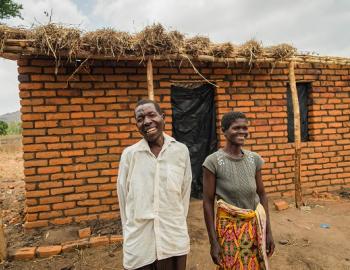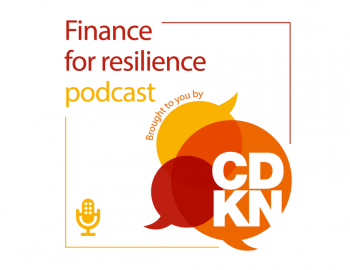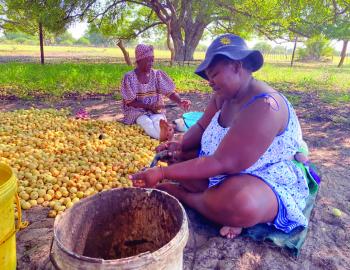Making local action on adaptation count in the Global Stocktake
Making local action on adaptation count in the Global Stocktake
How can the Global Stocktake best integrate local action on adaptation? Through interviews with researchers and practitioners, this video aims to answer that question and propose solutions to getting local action reflected in global assessments of adaptation progress.
Local adaptation actions, knowledge and data are available to effectively inform national and global adaptation responses. The challenge is in capturing the outcomes of these locally-relevant and locally-led approaches to effectively inform the global adaptation goals.
The Global Goal on Adaptation (GGA) was established as part of the Paris Agreement in 2015 as an adaptation equivalent to the global goal on mitigation of limiting global temperature rise to 1.5°C. The GGA aims to provide a system for tracking and assessing countries’ progress on adaptation actions, and for catalysing adaptation funding. Countries’ progress will be assessed through the GST.
Unlike mitigation, there is no universal metric that can capture adaptation across all countries, contexts and populations. Therefore, operationalising the GGA requires a collective effort from global to sub-national levels of governance to identify qualitative and/or quantitative indicators of adaptive capacity, resilience and vulnerability that can be monitored to assess progress in achieving the GGA.
CDKN worked with the Adaptation Research Alliance (ARA) to interview researchers and practitioners working on the frontline of climate adaptation about how the GST can integrate local action on adaptation.
The result was a video representing insights into the barriers to getting local actions reflected in global assessments of adaptation progress and how adaptation assessments can be more locally-led. Examples were also provided of community-led data collection, as well as dimensions of well-being that should be considered for understanding effective adaptation.



